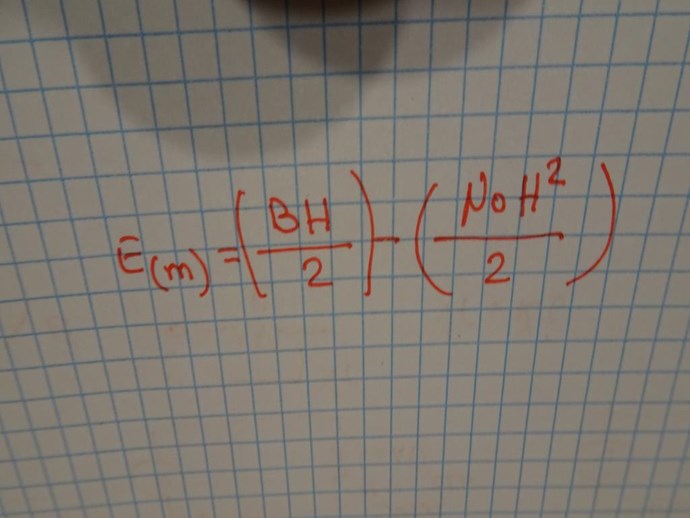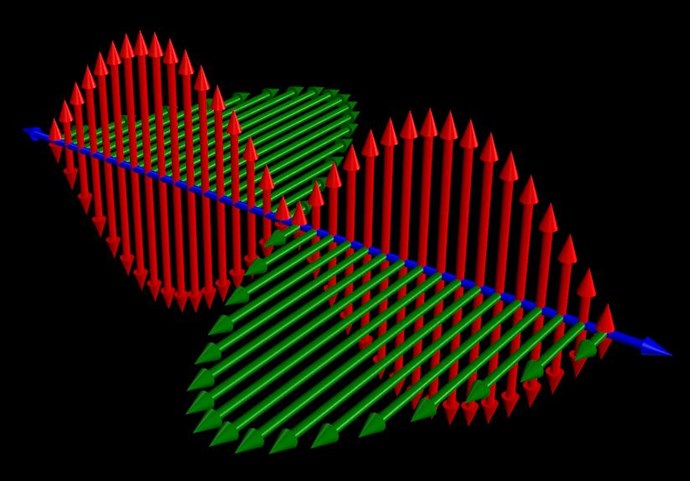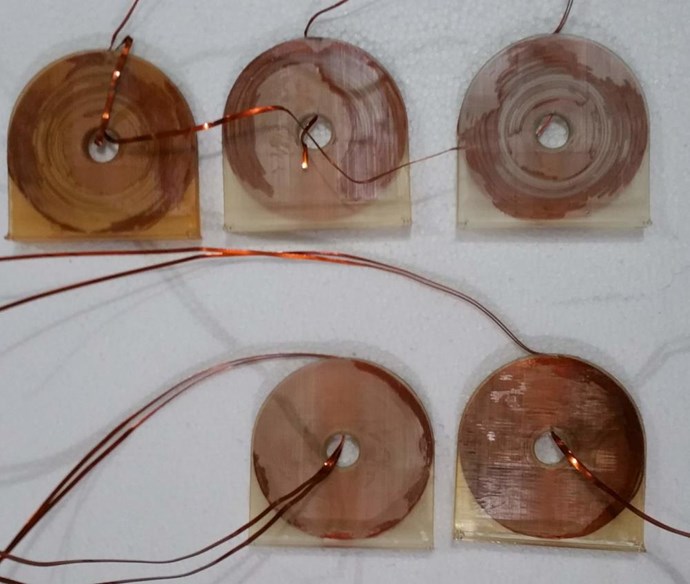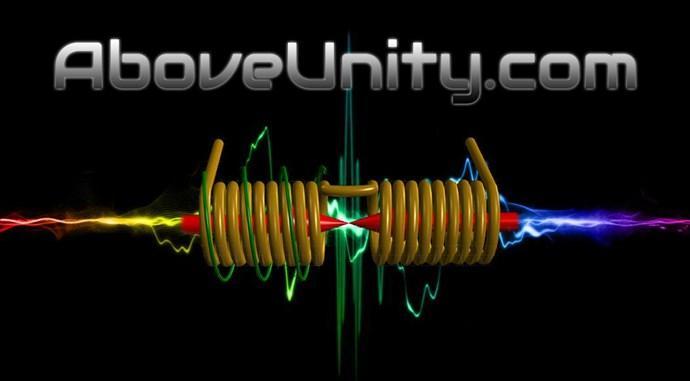Chris
posted this
24 April 2020
- Last edited 24 April 2020
Hey Zanzal,
I am a stickler for Simplicity, its just how I try to roll.
I always like the Bearden Graphics:
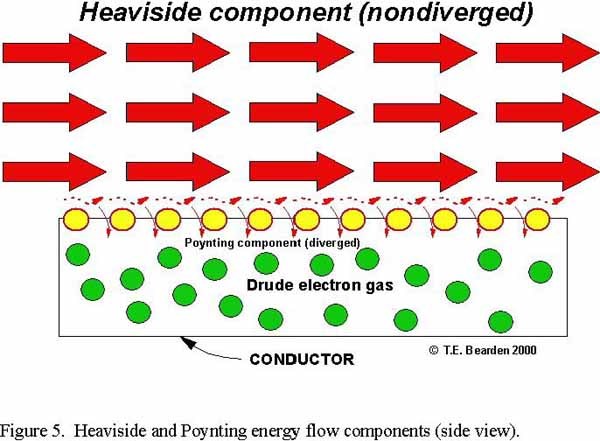
I like to think in terms of Coil and Coil Interactions, as you know.
With two Output Coils, each Coil can Add its own Individual Energy Component to the System.
EDIT:
No normal person knows what the Heaviside Energy Flow is when it comes to energy, lets define it:
Energy current is a flow of energy defined by the Poynting vector (E × H), as opposed to normal current (flow of charge). It was originally postulated by Oliver Heaviside. It is also an informal name for Energy flux.
and now, the Poynting Vector:
In physics, the Poynting vector represents the directional energy flux (the energy transfer per unit area per unit time) of an electromagnetic field. The SI unit of the Poynting vector is the watt per square metre ( W / m2 ). It is named after its discoverer John Henry Poynting who first derived it in 1884.
A long time ago I used an analogy: Throw a Bucket of Water up and try to catch All the Water back in the Bucket again, its impossible. Now this is not just your Bucket that you have to catch, it all the buckets we have ever thrown up! It is an Infinite Flow of Energy, our so called Empty Space Time, is filled with Energy. Thus Tom Bearden's Graphic, Red Arrows representing all the Energy in Space and Time.
I like to simplify this representation of Energy and represent Energy as a Flow from the Coil.
After all we know Voltage and Current sum to give us Watt Seconds, Joules per Second. After all, V x I cos( theta ) is what we know and represent as Energy. This is not wrong, it just misses a step, the step being Source Charge Solution:
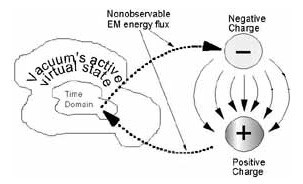
Lets be honest, we have been missing this solution for the last 150+ years and done fine, so for most people, they will be fine not grasping this little bit bit.
If we are not too worried about the Source Charge, Electrons and Ions, or Holes, as we see a Current Flow, from the Terminals, then we will be fine to explain Voltage and Current as Energy over the course of Time. Especially for those that have no wish to go deeper into the concept!
Chris











